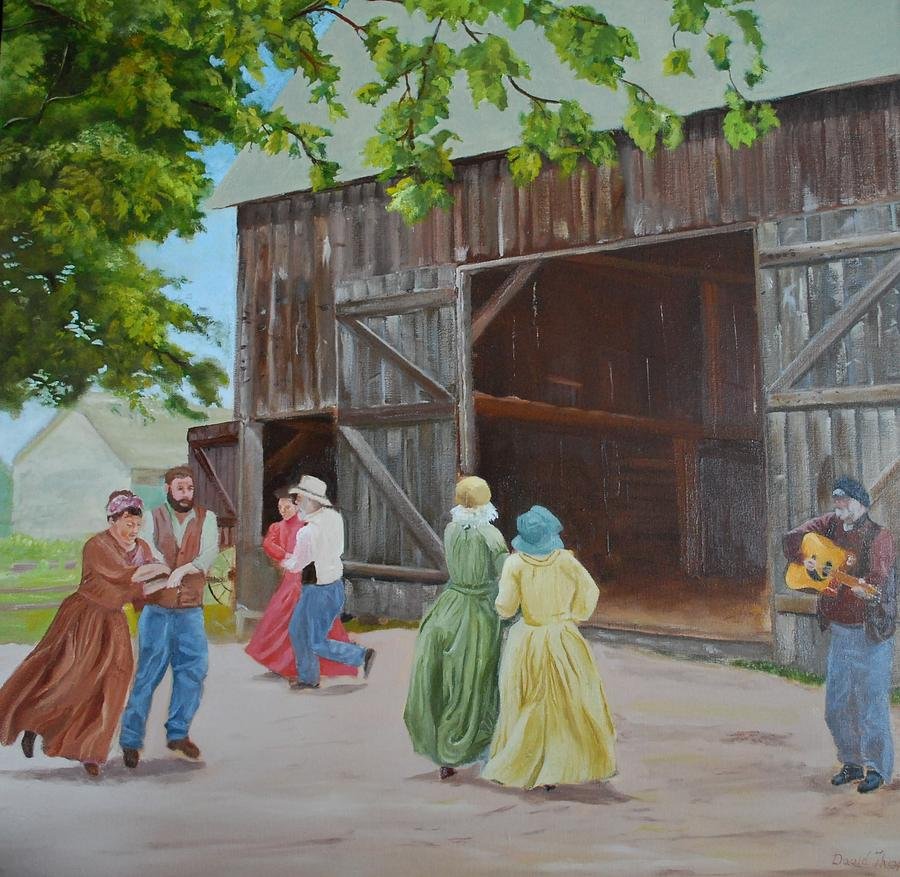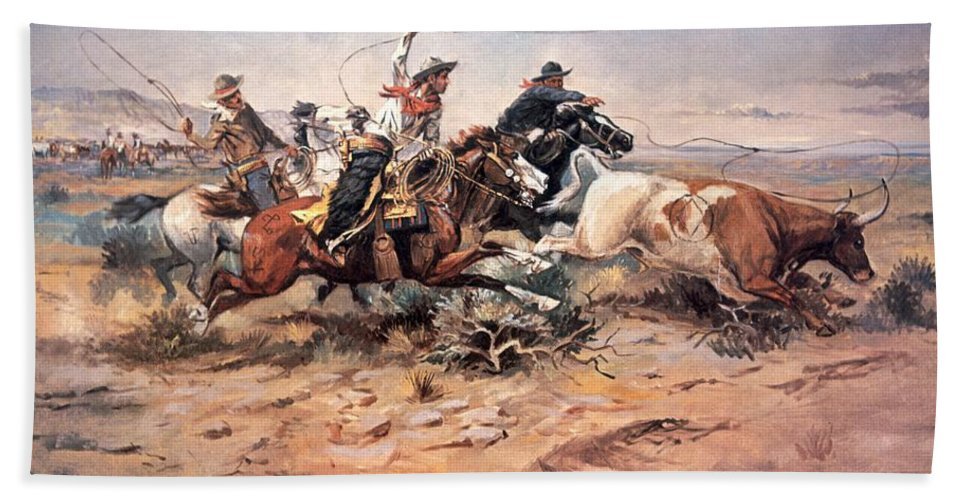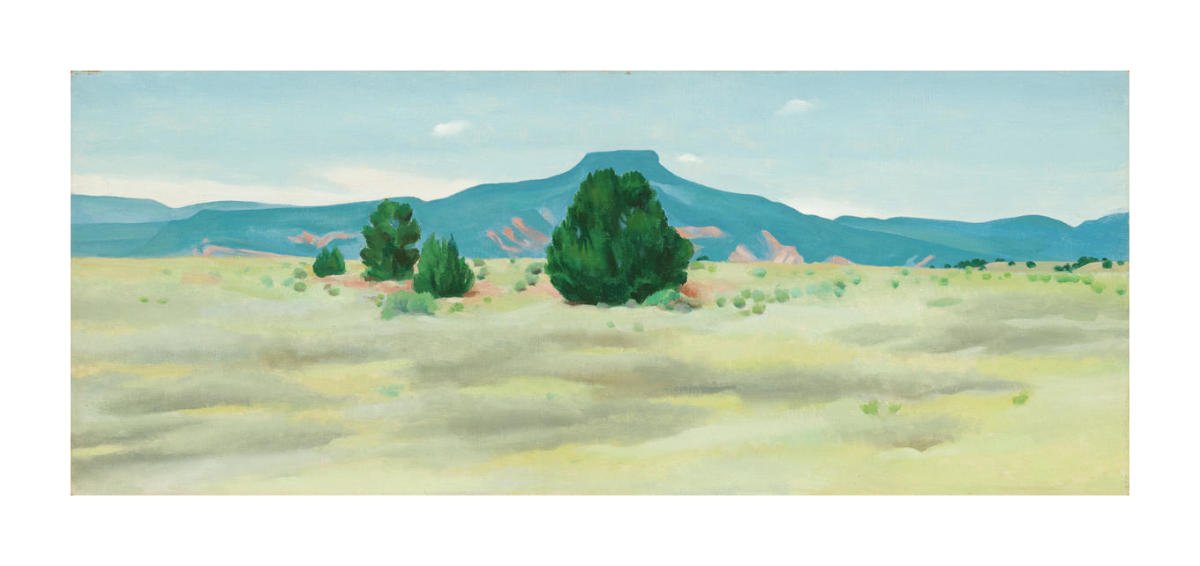Aaron Copland
Born: 14 November 1900, Brooklyn, New York
Died: 2 December 1990, Sleepy Hollow, New York
Fast Facts
Known as the “Dean of American Composers”
Many pieces feature open harmonies and slowly changing melodies which evoke the American landscape
Taught composition to younger composers
Lectured and wrote about music
Became a sought after conductor from the 1950s on and emphasized new music and lesser-known composers
Aaron Copland
The Dean of American Music
Aaron Copland was born in Brooklyn in 1900. His mother and older sister were his first music teachers, before moving on to a prominent local teacher. After completing high school, Copland moved to Paris to study composition. While there, he met the noted teacher Nadia Boulanger (Nah-dee-ah Boo-lahng-ay) with whom he studied for three years. While in Paris, Copland published his first piece. Copland returned to New York in 1924 and began work on his first major composition, Symphony for Organ and Orchestra which was premiered by the New York Symphony Orchestra. The work received glowing reviews.
Copland’s next works, written during the Great Depression, were written for mass appeal, often including the use of folk tunes, folk stories, and hymns. Many of these works have become his most well-known and popular works, including El Salón México, Rodeo, Billy the Kid, and Appalachian Spring, and patriotic music, such as A Lincoln Portrait and Fanfare for the Common Man, to bolster morale during World War II. In the 1950s Copland focused on works for the voice including three song cycles and his only opera, The Tender Land. Copland wrote very few pieces after 1960. Instead, Copland focused on other aspects of music. He conducted regularly, often programming other American music. He wrote books about music, taught, and oversaw the recording of his works. Copland suffered from Alzheimer’s disease and died shortly after his 90th birthday. His legacy of uniquely American music and his commitment to music education earned him the nickname the “Dean of American Music.”
Dancing Cowpokes
Aaron Copland wrote Rodeo at the request of choreographer Agnes de Mille for performance by the Ballet Russe de Monte Carlo, who had relocated to the United States during World War II. De Mille was a relatively unknown choreographer at the time but was given broad creative control by the dance company. She sought out Copland to compose the music, since she had liked Billy the Kid so much. Their first meeting did not go extremely well. Copland didn’t really want to write another cowboy ballet and laughed out loud at some of de Mille’s story ideas. However, something must have inspired Copland, because he called the next day to invite her to tea and the collaboration began.
Unlike Billy the Kid, where Copland used general ideas and impressions of folk songs, Rodeo is filled with direct musical quotes and sometimes entire sections of songs, including “Bonaparte’s Retreat,” “Sis Joe,” and “I Ride an Old Paint.” Some of these were at de Mille’s insistence because she had the entire ballet choreographed before Copland even began the music. The ballet tells the story of a Cowgirl living at Burnt Ranch. She tries to attract the attention of the cowboys, especially the Head Wrangler, who are intrigued by some visiting city girls. The final scene is Hoe-Down where she appears in a dress instead of her usual work clothes and is the prettiest girl in the room. The couples dance to lively music, including a square dance, before the happy ending. Instead of the Head Wrangler, the Cowgirl ends up with someone else, the Champion Roper who has shown her kindness and respect the whole time.
Copland was born in Brooklyn, New York.
Copland died in Sleepy Hollow, New York.
“Hoe-Down” from Rodeo
What to listen for:
Repeated opening rhythms
Brass fanfare and percussion throughout
Various solos playing folk songs
A slower moment where the Cowgirl and Champion Roper have their first kiss
A return of the main theme which rollicks to the end with a closing fanfare
American Gothic by Grant Wood, image source: https://www.wikiart.org/en/grant-wood/american-gothic-1930
Kings Landing Hoedown by David Thomson, image source: https://fineartamerica.com/featured/kings-landing-hoedown-david-thomson.html
The Cowboy by Frederick Remington, image source: https://www.1st-art-gallery.com/Frederic-Remington/The-Cowboy.html
Cowboys Roping a Steer by Marion Russell, image source: https://fineartamerica.com/featured/cowboys-roping-a-steer-charles-marion-russell.html
Ghost Ridge Landscape by Georgia O’Keefe, image source: https://artsandculture.google.com/asset/ghost-ranch-landscape/hgFmdXyDOemxnw?hl=en&ms=%7B%22x%22%3A0.5%2C%22y%22%3A0.5%2C%22z%22%3A9.264527341772062%2C%22size%22%3A%7B%22width%22%3A1.1075020485164238%2C%22height%22%3A1.237500000000001%7D%7D
Fun Facts
Copland’s father, Harris Morris Copland, lived and worked in Scotland for several years to earn money to travel to the United States. Most likely, while in Scotland, he anglicized his name “Kaplan” to “Copland”. For years, Aaron thought their family’s name had been changed at Ellis Island when his father arrived in America. He didn’t learn until very late in life what the original family name had been.
While in Paris, Copland spent time with a number of famous literary and artistic figures including Ernest Hemingway, Gertrude Stein, Pablo Picasso, Marcel Proust, and Marc Chagall.
At fifteen, Copland attended a concert by the Polish composer and pianist Ignacy Jan Paderewski. After the concert, Copland decided he wanted to be a composer. In order to become a composer, Copland first tried to learn music theory and composition through a correspondence course.
During his career Copland was nominated for an Academy Award for Best Score for four movies (Of Mice and Men,Our Town, The North Star, and The Heiress). The Heiress won the award in 1950. He also received a Pulitzer Prize, the Presidential Medal of Freedom, a National Medal of Arts, and a Congressional Gold Medal.
Copland’s first opera, The Second Hurricane, was a short work intended for use in high schools. Its first production in 1937 was directed by Orson Wells.
Copland’s second opera, The Tender Land, was originally intended to air on television and is one of the few American operas to be performed regularly.
Copland had a Great Dane late in life who was named Nadja in honor of his teacher Nadia Boulanger.
After his death, Copland’s ashes were spread at Tanglewood where he taught for twenty-five years. John Williams, the noted film composer, commissioned a sculpture of Copland for Tanglewood which was unveiled in 2011.
Copland was interested in politics and as a young man was interested in socialist and communist ideology. In the 1950s, with the rise of McCarthyism, Copland’s motives were often questioned. A Lincoln Portrait was excluded from the inauguration festivities of President Eisenhower because there were questions about Copland’s political leanings. In 1953, Copland was called to testify about his politics where he denied having ever joined a communist organization.
If you liked “Hoe-Down,” try:
Agnes de Mille discussing Rodeo
Rodeo performed by American Ballet Theater
“Mexican Dance” and “Finale” from Billy the Kid, performed by Funkhausorchestra
El Salón México with Aaron Copland conducting the New York Philharmonic from Young People’s Concert: “Aaron Copland Birthday Party”







